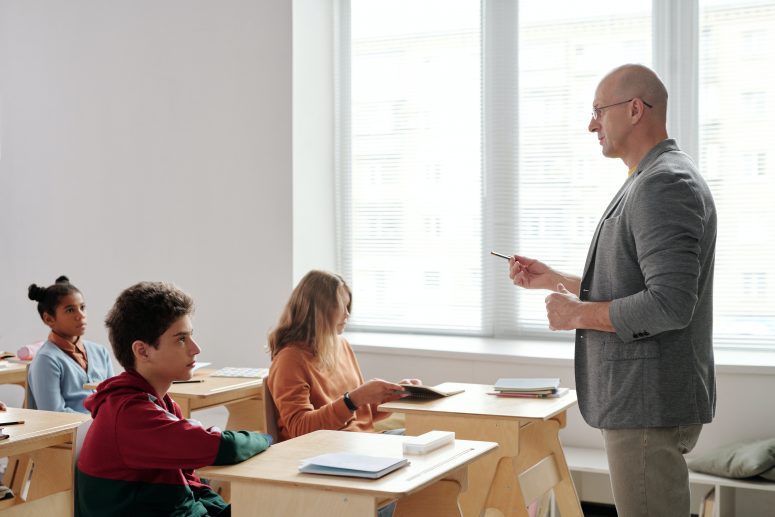Sexual health education does not encourage children to have sex prematurely but instead helps them to understand and make informed decisions about their own sexuality when they are ready. It can help to delay sexual activity, as well as reduce rates of teenage pregnancies, sexually transmitted infections and abortions. But when we are talking about sexuality education in this sense, what do we mean exactly? Does all sexuality education good for sexual health and well-being? Simply put, what are the Do’s and Don’ts of Sex Education?
Do’s of Sex Education
1.Take part in children’s curriculum
Unfortunately, only a minority of countries have a mandatory national curriculum for sexuality education. In many countries, sexuality education is delivered in a fragmented way, with different subjects, such as biology, health or social studies, covering specific aspects of human sexuality. This can mean that children and young people do not receive a comprehensive understanding of all the aspects of human sexuality. Therefore, in these ages, the responsibility of starting sexuality education belongs to the parents and caretakers.
2. Start from an early age.
One’s sexuality develops over the course of a lifetime. It is important that people receive sexuality education from early age to adulthood to ensure they have the information they need to make informed decisions about their own sexuality. Parents and caretakers play a fundamental role in a child’s life as the primary source of information, and they can help children to shape a healthy approach to sexuality and relationships. While some might feel ill-equipped to discuss sexuality and may avoid the topic altogether, others may feel that they should provide more information than they are comfortable with. The key is to find a comfortable balance that works for both sides in which age-appropriate subjects are discussed.
3. Promote positive values and responsibility.
It is essential to include a focus on values and responsibility within a comprehensive approach to sexuality education in order to create an environment in which all individuals feel safe and respected and can make healthy decisions about their sexual lives. Some key values that should be emphasised in sexuality education include respect, acceptance, equality, empathy, responsibility, and reciprocity.
Don’ts of Sex Education
1. Don’t just talk about STIs and protection, be comprehensive and holistic.
There are quite a few approaches when it comes to sexuality education but from a global perspective, they mainly fall into three categories:
- Programmes that focus primarily or exclusively on abstinence in (i.e., abstaining oneself from sexual intercourse before marriage)
- Programmes that offer abstinence as an option but also cover contraception and safe sex practices
- Programmes that cover a wider perspective of personal and sexual growth and development, sexual rights, and the right to education, as well as contraception and safe sex practices.
The programmes that fall into the last category are also called holistic sexuality education programmes. Holistic sexual education programmes encompass the individual as a whole. Besides the physical aspects of sex, they also include mental, emotional, social, and cultural aspects of sexual expression without shame or judgement.
2. Don’t just rely on Google, consider the reliability of your resources.
A number of UN agencies and organisations, including UNICEF, the World Health Organisation (WHO), the United Nations Population Fund (UNFPA) and the United Nations Development Programme (UNDP), have developed guidance on sexuality education. The most recent guidance, the “International Technical Guidance on Sexuality Education”, was jointly released by UNICEF, WHO, UNFPA and UNDP in 2019. The guidance recommends that sexuality education should be delivered in a holistic way. It emphasises the importance of providing children and young people with accurate, evidence-based information, as well as the opportunity to discuss and reflect on different aspects of human sexuality.
Remember, considering the variety of topics that are needed to be covered in comprehensive and holistic sexuality education in lifespan, there are many do’s and don’ts that one should consider and they are not limited to what was mentioned above. Therefore, if you are considering taking a part in one’s sexuality education or designing and implementing a programme, consider the context and tailor the topics to your audience’s needs even if the audience is your child.
If you think that you can benefit from professional support on this issue you can reach out here.
Seray Soyman is working as a Trainee Psychosexologist within the Willingness team, providing psychosexual education and sexual support sessions, as well as delivering training and workshops. She is also pursuing her master’s on Clinical Psychosexology at Sapienza University, Rome. Seray’s research interests are sex-positive behaviour, sexual habits, LGBTQIA+ studies, and sexual communication.
References
Kohler, P. K., Manhart, L. E., & Lafferty, W. E. (2008). Abstinence-only and comprehensive sex education and the initiation of sexual activity and teen pregnancy. Journal of Adolescent Health, 42(4), 344-351.
Women, U. N., & UNICEF. (2018). International technical guidance on sexuality education: an evidence-informed approach. UNESCO Publishing.

